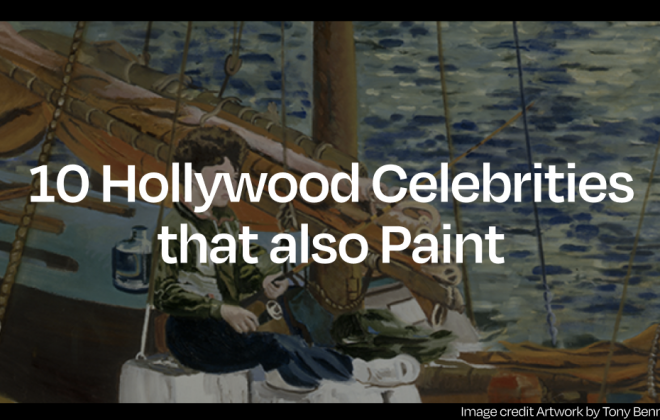
15 Magical Children’s Book Illustrations
15 Children’s Book Illustrations
1. “The Polar Express” by Chris Van Allsburg

Chris Van Allsburg captures the warmth and excitement of the holiday season with his stunning children’s book illustrations.
“The Polar Express” is a story about a young boy who embarks on a magical journey to the North Pole on a mysterious train called the Polar Express. The illustrations in the book are rendered in a realistic style with great attention to detail, giving the impression that the story could be real.

2. “The Tale of Peter Rabbit” by Beatrix Potter
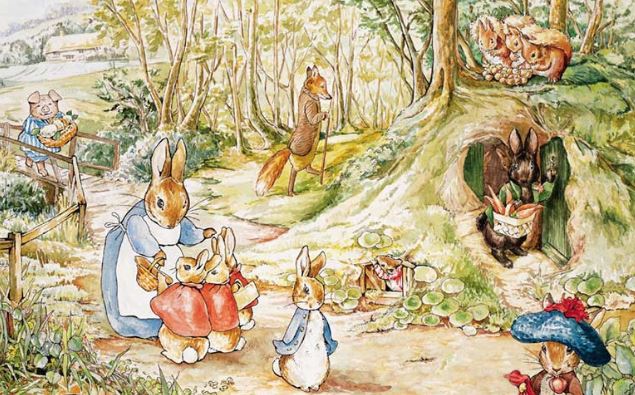
Beatrix Potter is a beloved children’s book author known for her charming children’s book illustrations that have delighted generations of readers. “The Tale of Peter Rabbit’ follows a mischievous young rabbit who disobeys his mother and ventures into Mr. McGregor’s vegetable garden, where he gets into all sorts of trouble.
A memorable illustration in the book is the image of Mr. McGregor’s garden, with its rows of colorful vegetables and its rustic fencing. As well as the illustrations of the interior of Peter’s cozy burrow, with its soft pillows and warm blankets, are also lovely and inviting.
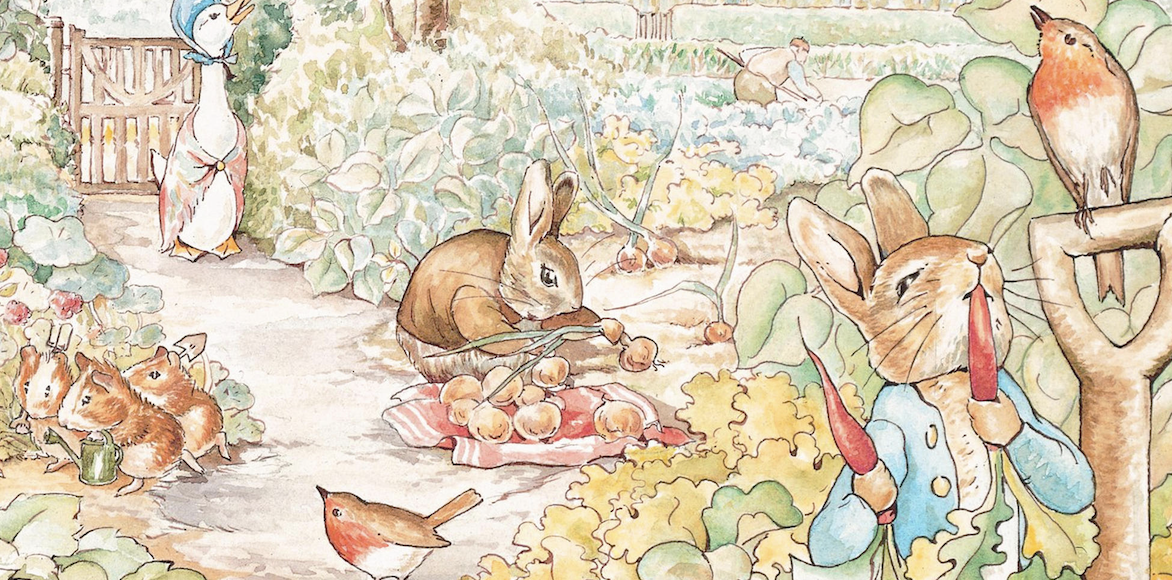
3. “The Very Hungry Caterpillar” by Eric Carle
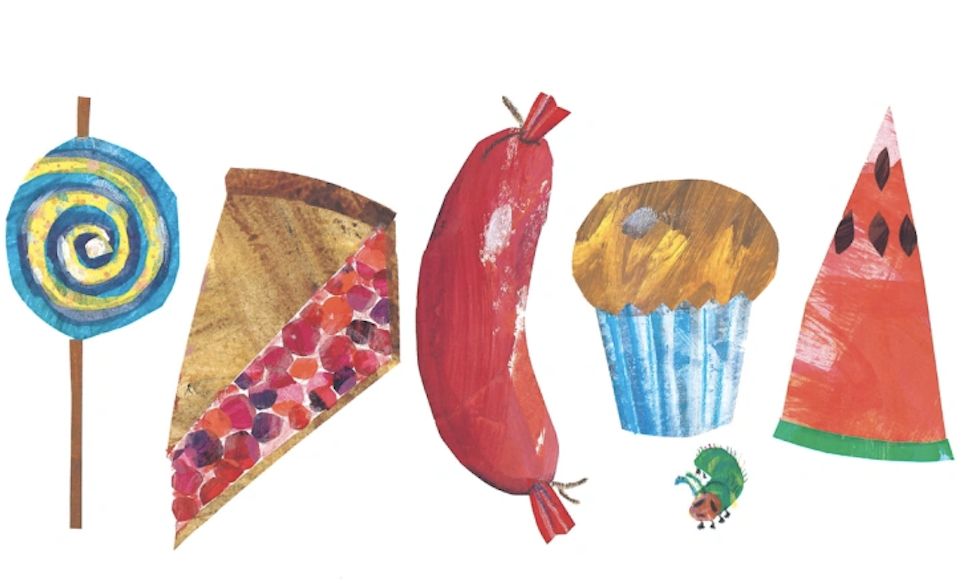
“The Very Hungry Caterpillar” is the story of a little caterpillar who eats his way through a variety of foods until he transforms into a beautiful butterfly.
The illustrations in the book are created using a unique collage technique that involves layering hand-painted papers to create bright and bold images. The illustrations of the various foods the caterpillar eats, such as the red apple and the juicy orange, are beautifully rendered, with vibrant colours and intricate details.
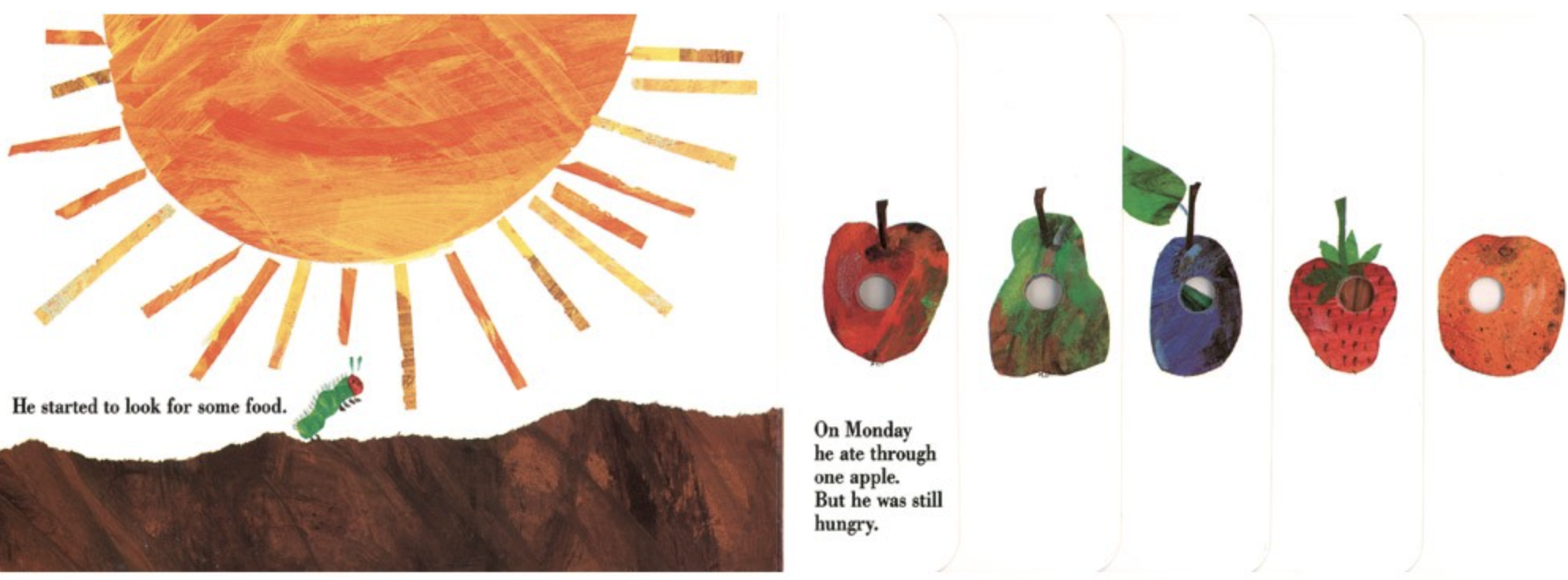
4. “Madeline” by Ludwig Bemelmans
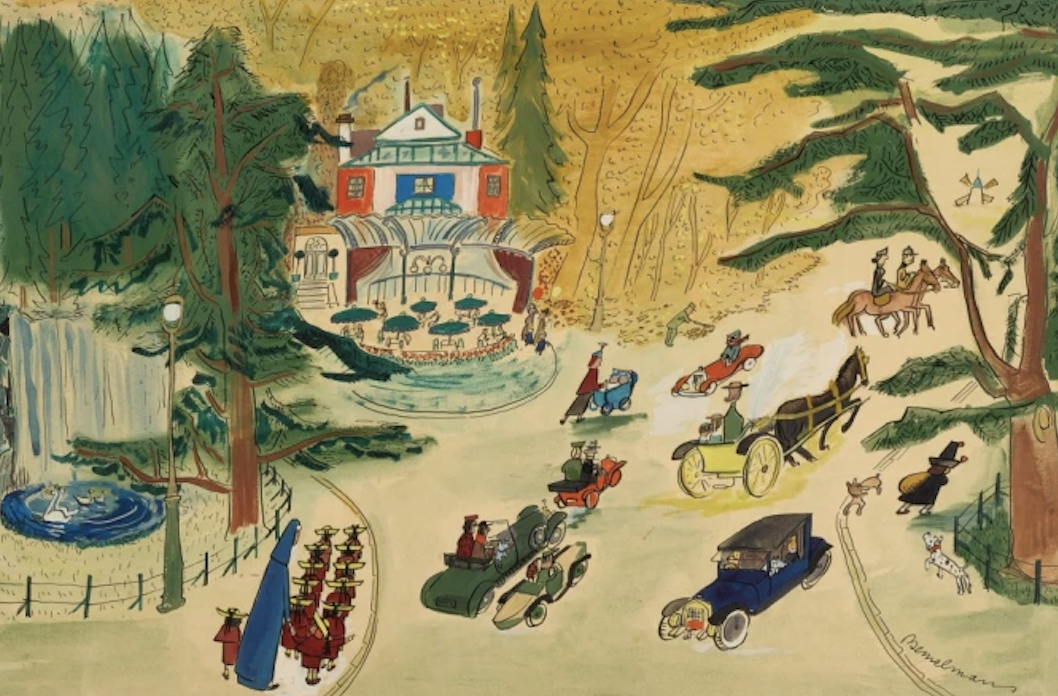
Ludwig Bemelmans’ quaint illustrations capture the beauty and romance of Paris in ‘Madeline’. The illustrations of the various neighborhoods and landmarks of Paris, such as the Seine river and the Notre Dame cathedral, are beautifully rendered to represent the wonderful city.
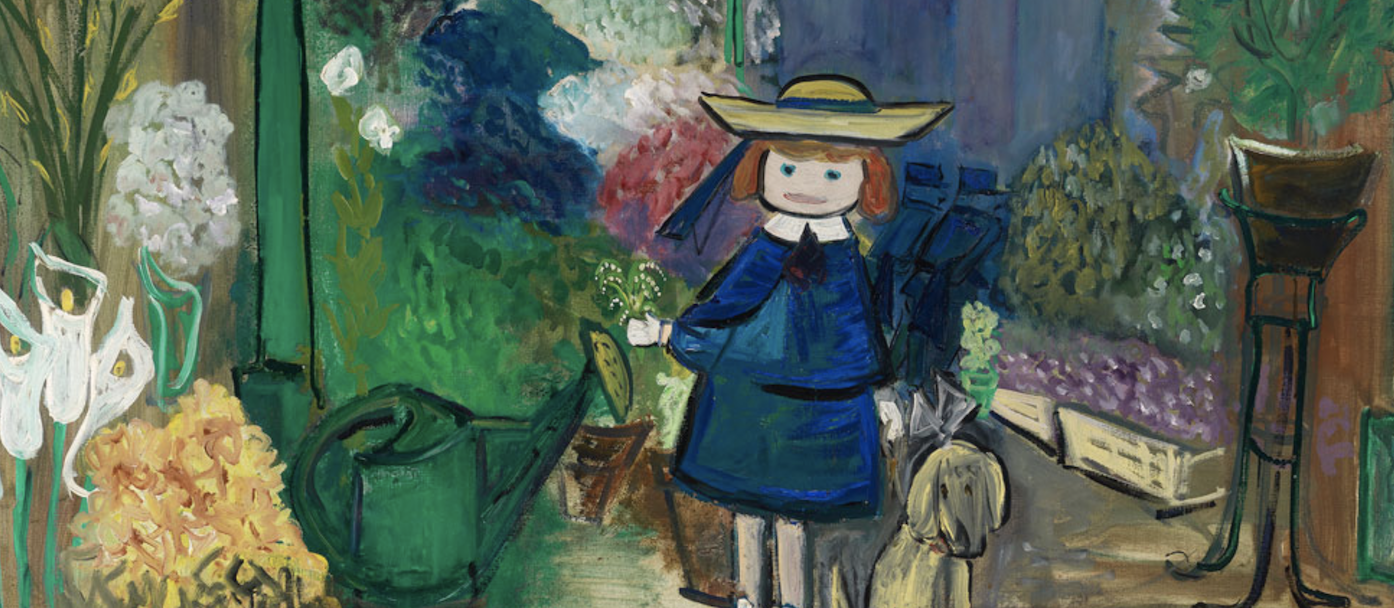
5. “The Secret Garden” by Frances Hodgson Burnett, illustrated by Tasha Tudor

The book tells the story of a young girl named Mary Lennox who is sent to live with her uncle in England after her parents pass away. While exploring the grounds of her uncle’s estate, she discovers a secret garden that has been locked up for years. With the help of her new friend Dickon and her cousin Colin, Mary restores the garden to its former glory and learns the healing power of nature.
The illustrations in the book, by Tasha Tudor, are detailed and whimsical, with a softness and charm that perfectly matches the story. One of the most iconic illustrations in the book is the image of the secret garden itself, with its winding paths and blooming flowers.
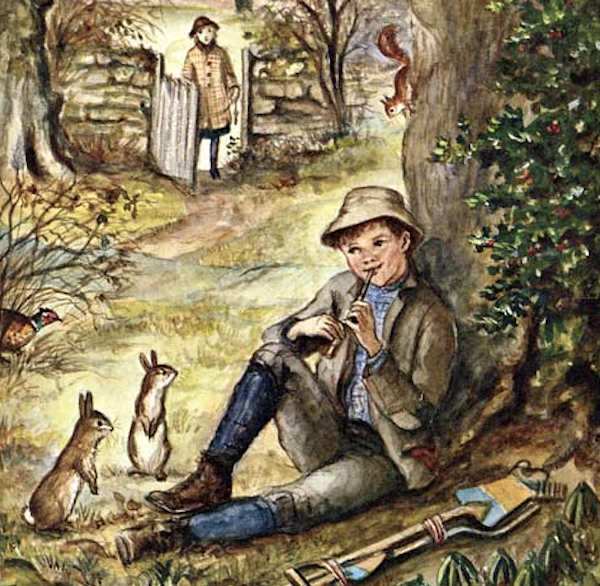
6. “Where the Wild Things Are” by Maurice Sendak
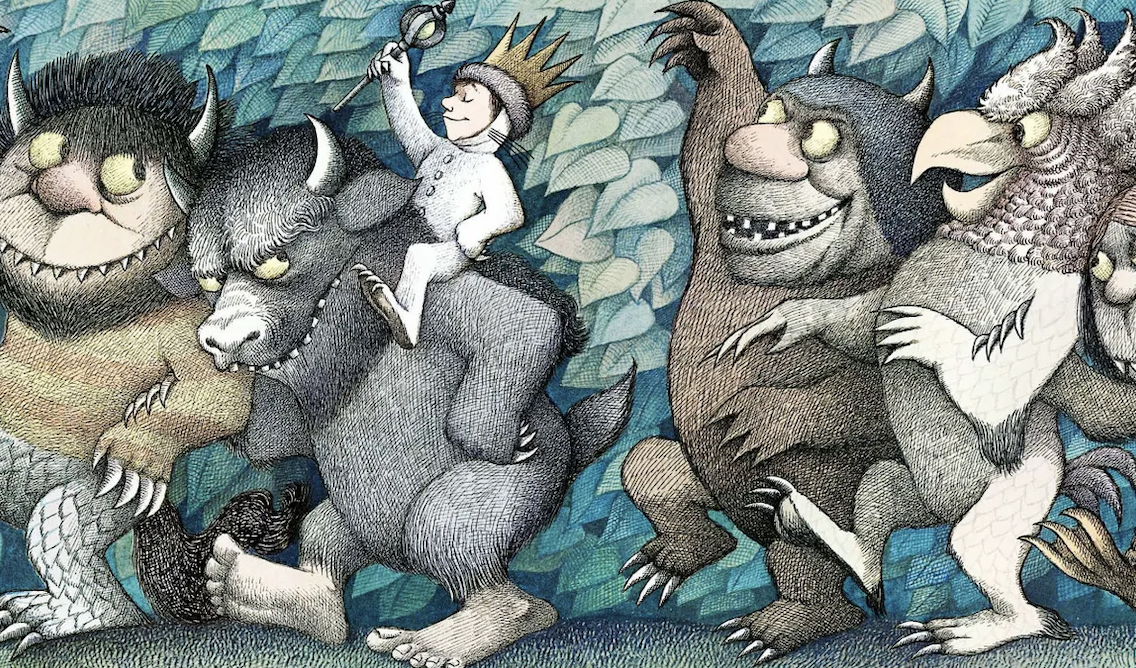
‘Where the Wild Things Are’ has readers join Max, a mischievous boy who is sent to bed without supper after causing a ruckus in his home on an adventure. In his room, he imagines a magical world filled with wild creatures, the “Wild Things,” and sets off on a journey with them.
The illustrations in the book are bold and imaginative, with striking colors and playful details that perfectly capture the wildness and imagination of Max’s world. Sendak began by sketching out the basic plot and characters of the story, using pencil and paper to create rough drafts of each illustration. He then used pen and ink to create the final linework for each image, focusing on capturing the wild and unruly nature of the monsters in the story.

7. “The Cat in the Hat” by Dr. Seuss
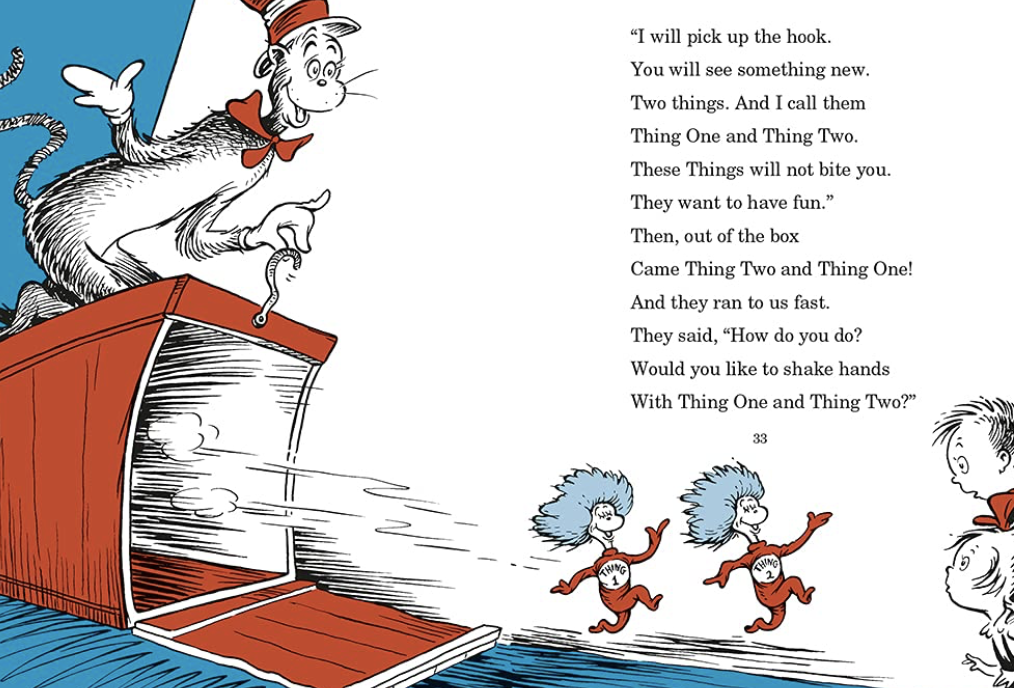
The illustrations in “The Cat in the Hat” are one of the most distinctive features of the book, and they play a key role in creating the zany and surreal world of the Cat and his mischievous antics.
Recognisable by children and adults alike, “The Cat in the Hat” uses bold linework and bright colours to conjure up a unique world. The illustrations of the various objects and creatures featured in the book, such as the fish in the bowl and the red and white striped hat, are beautifully illustrated, and give off a sense of magic that perfectly matches the story.
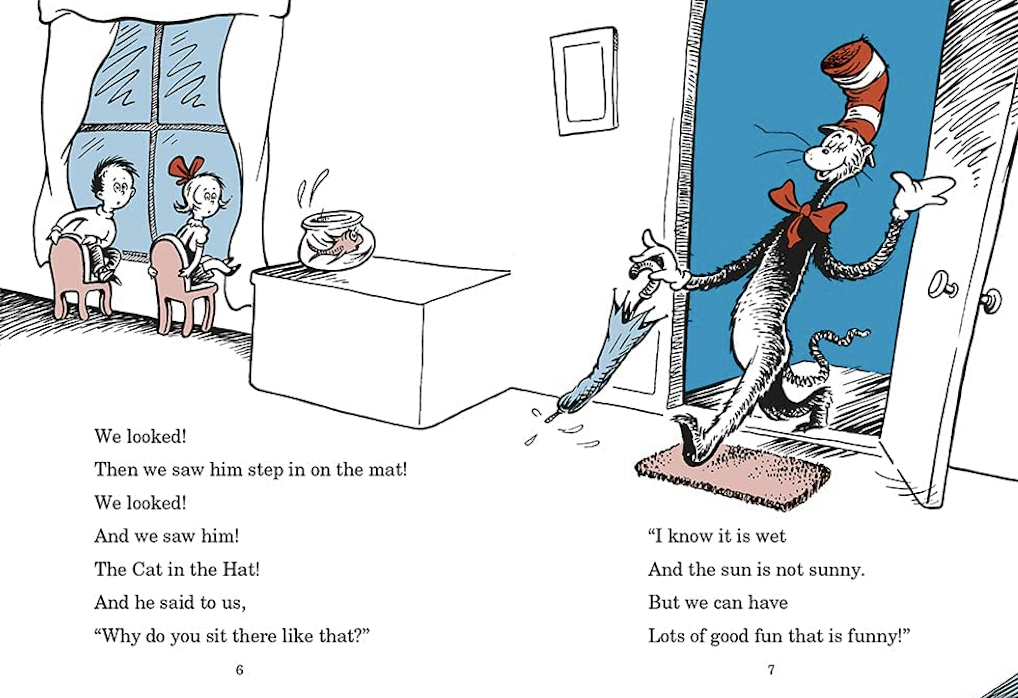
8. “Curious George” by H.A. Rey
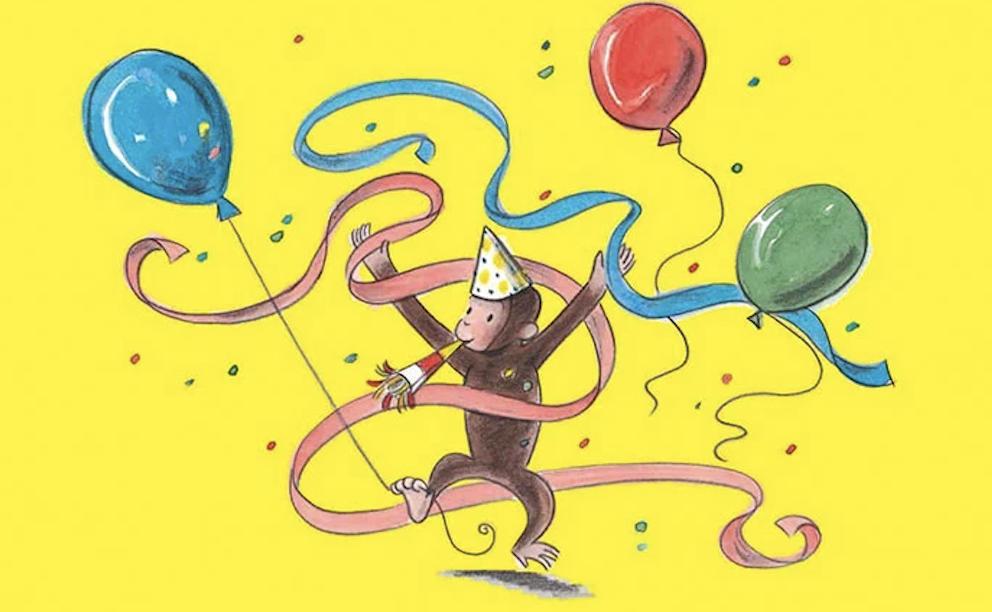
The children’s book “Curious George” takes readers on the adventures of a mischievous and curious little monkey named George, who gets into all sorts of trouble as he explores the world around him.
Readers can enjoy traveling the globe through the colourful illustrations featuring George, his parental-figure the Man in the Yellow Hat and his various animal friends.
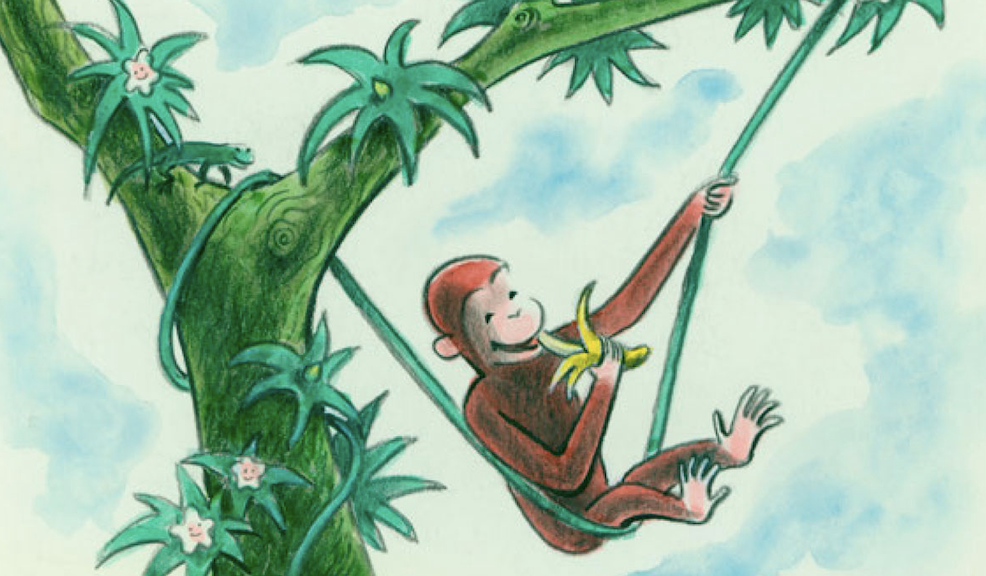
9. “The Giving Tree” by Shel Silverstein
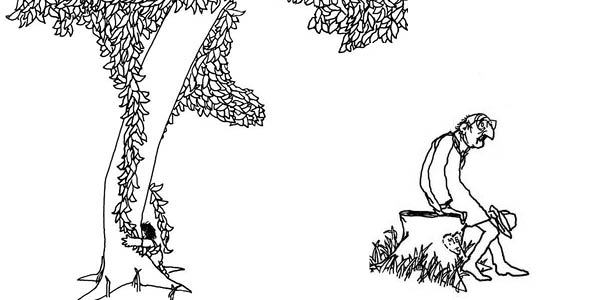
“The Giving Tree” follows the story of a boy who grows up with a tree that selflessly gives to him everything it has to offer: shade to rest under, branches to climb, apples to eat, and wood to build a home. As the boy grows older, he becomes more self-centered and takes more from the tree until it is nothing more than a stump.
One of the most iconic illustrations in the book is the cover image, which shows the tree standing alone against a white background, with a heart carved into its trunk. This image perfectly captures the spirit of the story, and has become a symbol of the book’s enduring message about love, sacrifice, and the importance of giving to others.
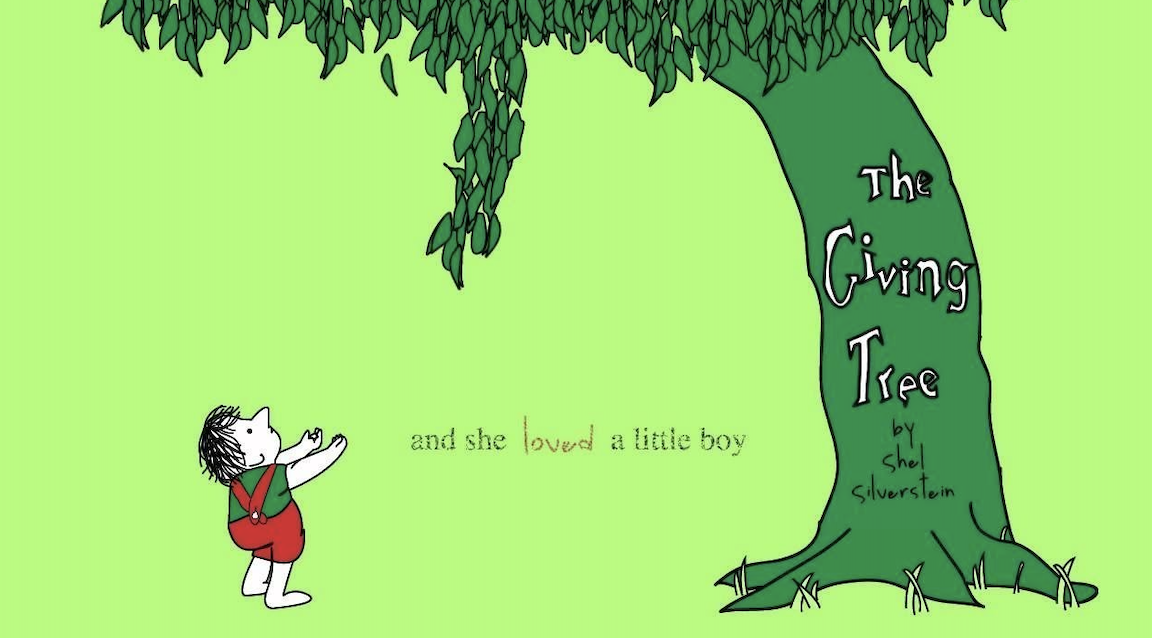
10. “The Little Prince” by Antoine de Saint-Exupéry
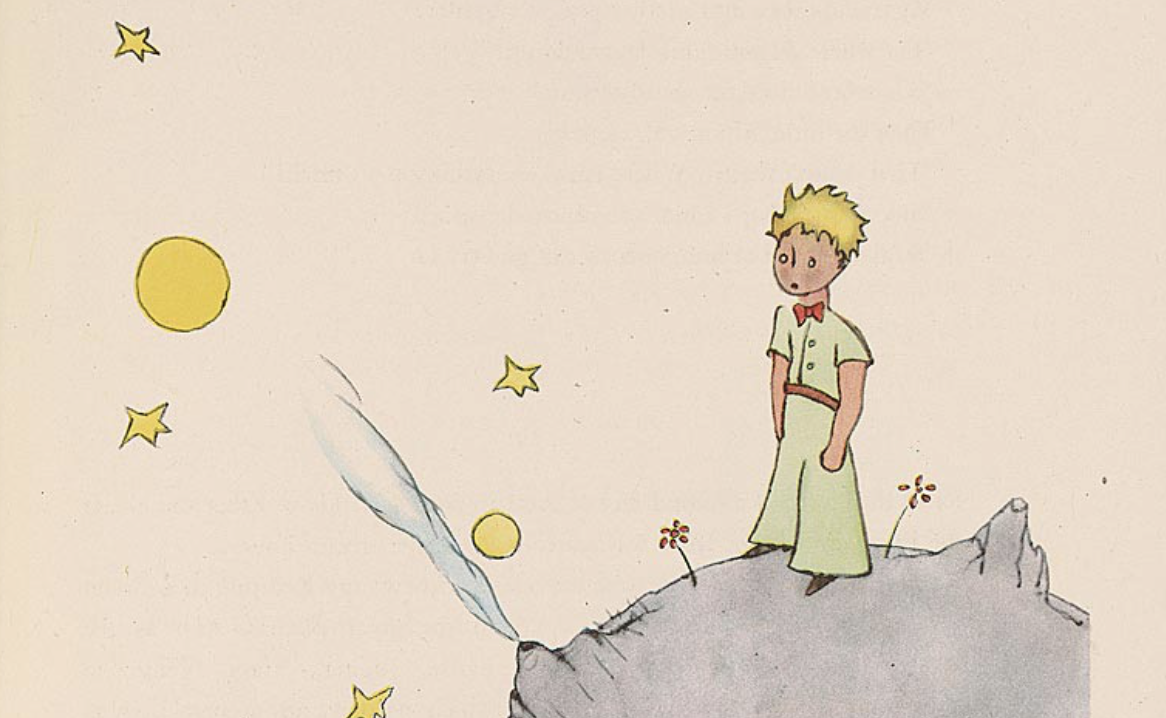
The illustrations in “The Little Prince” by Antoine de Saint-Exupéry are done in a simple, yet elegant style, with delicate lines and muted colors that capture the dreamlike quality of the story.
One of the most beloved aspects of the illustrations is the way they capture the different planets and worlds that the Little Prince visits on his journey. From the tiny asteroid he calls home to the vast and lonely desert planet he travels to, each illustration captures the unique qualities and characteristics of these imaginary worlds.
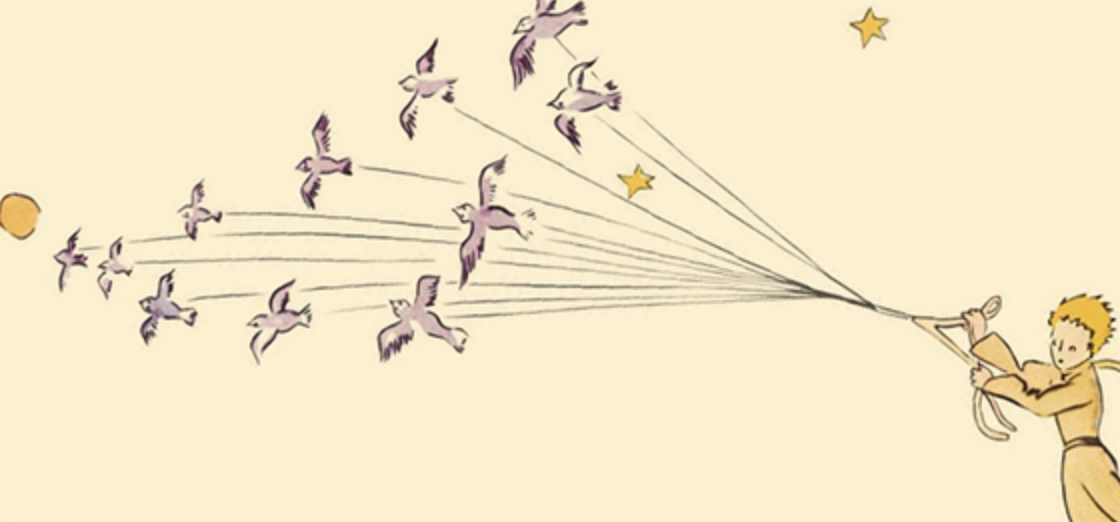
11. “The Lion, the Witch and the Wardrobe” by C.S. Lewis, illustrated by Pauline Baynes

Pauline Baynes illustrated “The Lion, the Witch and the Wardrobe” using a variety of techniques and mediums. She worked closely with author C.S. Lewis to create a visual representation of the world of Narnia that would perfectly complement the story.
Baynes used pen and ink to create the detailed linework that is characteristic of her illustrations, and then added layers of watercolor and gouache to add color and depth.
In creating the characters and landscapes of Narnia, Baynes drew on a wide range of influences, including medieval art, classical mythology, and traditional folktales. She also incorporated real-world locations and landmarks into her illustrations, giving the world of Narnia a sense of believability.
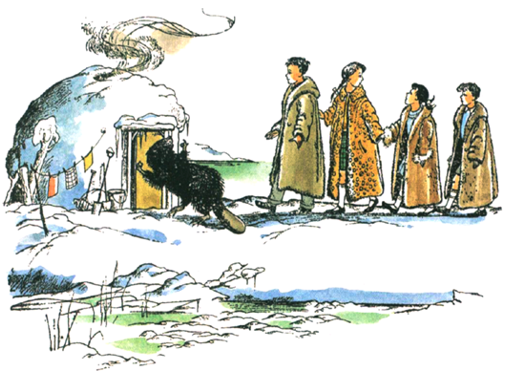
12. ‘Harry Potter’ by J.K Rowling, illustrated by Jim Kay
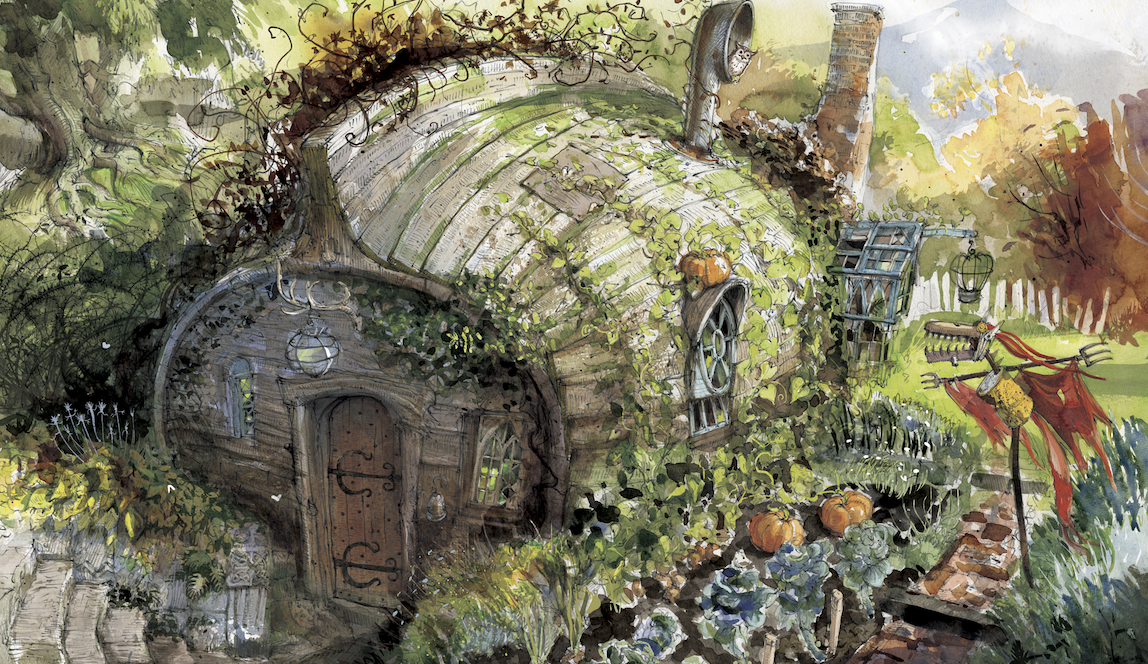
Jim Kay illustrated the Harry Potter series using a combination of traditional and digital media. Kay began by reading the Harry Potter books multiple times to gain a deep understanding of the characters and settings. He then used pencil and paper to sketch out preliminary illustrations, focusing on capturing the essence of each character and location.
Once the preliminary sketches were complete, Kay used a range of media, including watercolors, pencils, and digital painting techniques, to create the final illustrations.
One of the most distinctive aspects of Kay’s illustrations is the way he captured the characters’ personalities and emotions. His illustrations are rich in detail, showing the characters’ expressions and body language in a way that conveys their thoughts and feelings.
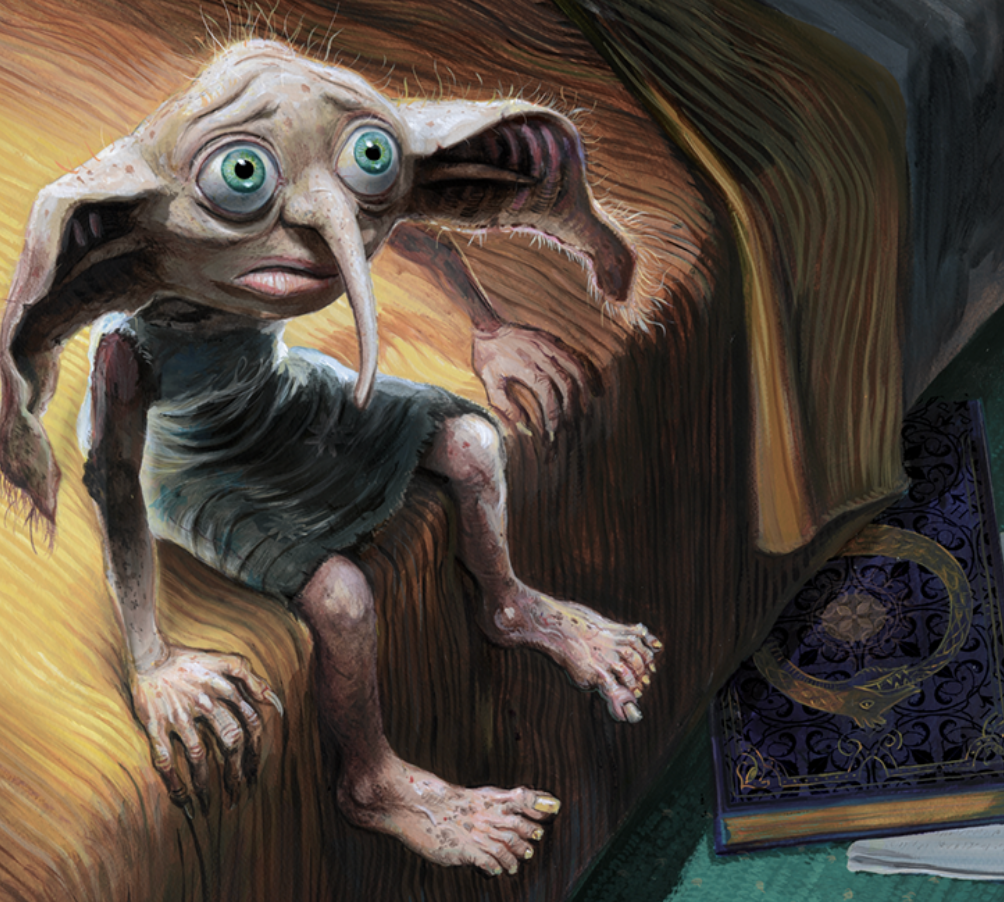
13. “The Jungle Book” by Rudyard Kipling, illustrated by Maurice and Edward Detmold

Maurice and Edward Detmold were two brothers who collaborated to for the children’s book illustrations in the “The Jungle Book” by Rudyard Kipling.
Once the brothers had a deep understanding of the animals and their environment, the Detmold brothers began to create their illustrations. They used a combination of watercolor paints and pen-and-ink drawings to create each image, working with great precision and attention to detail to bring the characters and scenes to life.
They captured the magic and wonder of the jungle, while also conveying a deep understanding and respect for the animals that call it home.
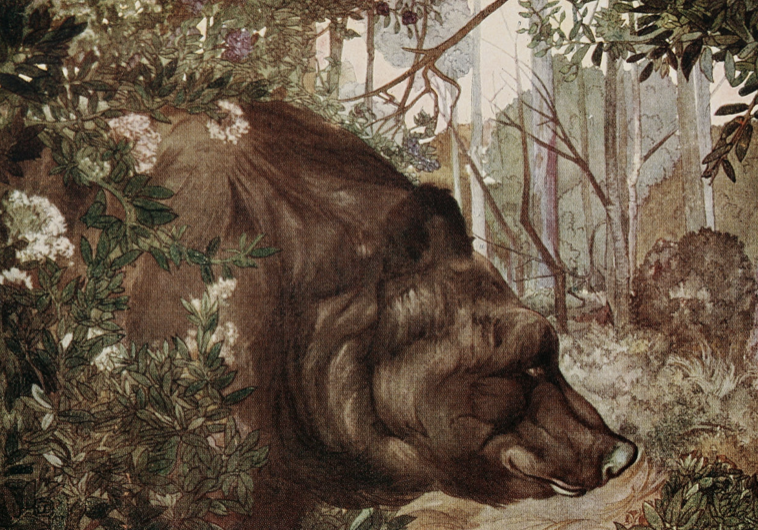
14. “The Lion and the Mouse” by Aesop, illustrated by Jerry Pinkney
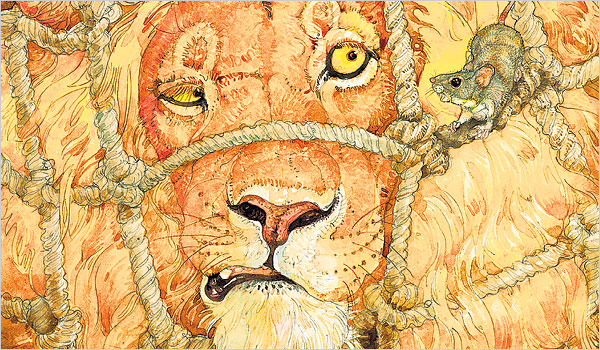
Jerry Pinkney illustrated “The Lion and the Mouse” by using watercolor paints and colored pencils to create his illustrations. He used a technique called “dry brush” to add texture and depth to his artwork.
To create the lush African landscape of the story, Pinkney used a variety of techniques. He used wet-on-wet washes of paint to create the sky and ground, while adding detail and texture with dry brush techniques. He also used colored pencils to add fine details, such as the fur on the lion’s mane.

15. Possum Magic by Mem Fox, illustrated by Julie Vivas
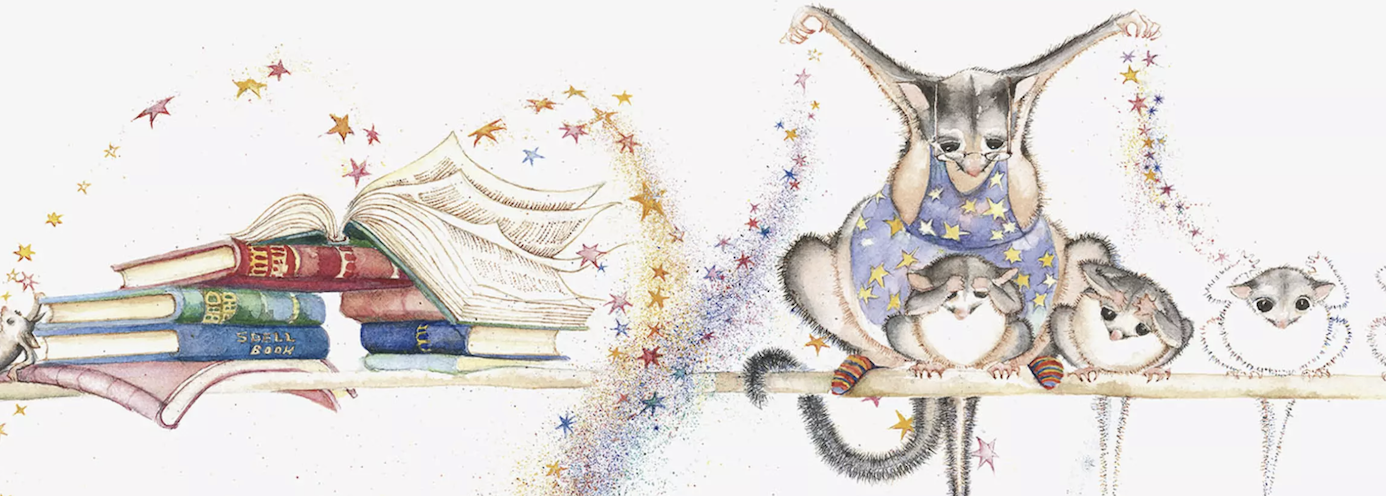
The story of ‘Possum Magic’ follows two possums, Hush and Grandma Poss, as they travel around Australia in search of a way to make Hush visible again. Hush had become invisible after eating a magic food. The children’s book illustrations in the book help to bring the story to life and showcase the beautiful and diverse landscapes of Australia.
Julie Vivas began by creating pencil sketches of each scene and character, paying close attention to the details of the animals and the textures of the flora and fauna. She then transferred these sketches onto watercolor paper using a light table, where she began to add color and depth to her artwork.

Tags In
Check out top-rated local artists near you!
Are you an artist ? Sign Up










